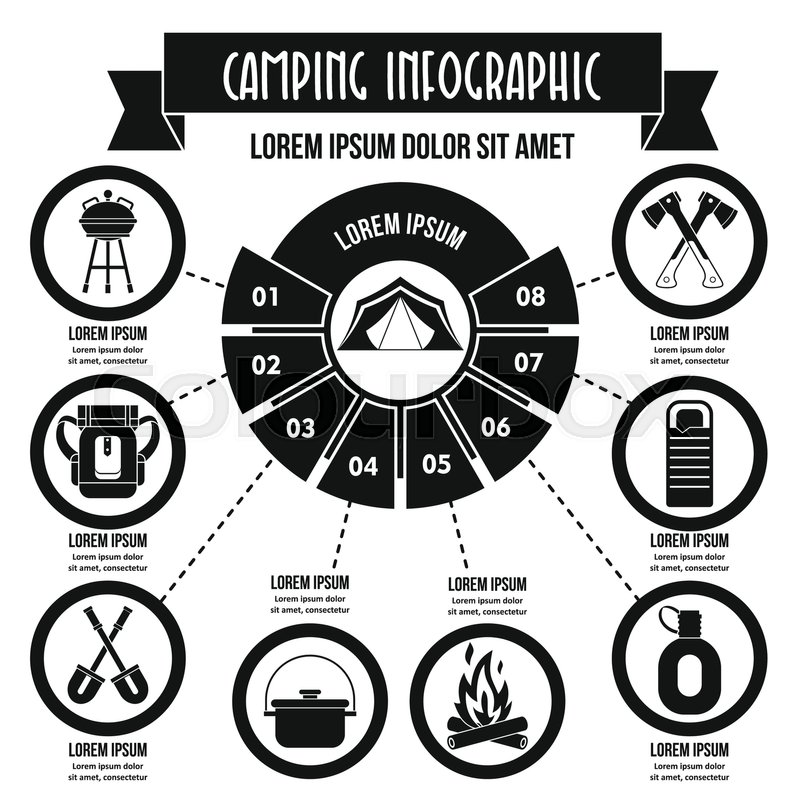As lasting design comes to be significantly prominent, natural building materials are reclaiming prestige. All-natural insulation options like down, cork and Havelock wool provide a broad variety of advantages, including outstanding warmth-to-weight proportions, water resistance and compressibility.
However, their sustainability depends upon the source of basic materials and how they are processed. Some synthetic elements lost microplastics during building and construction and are tough to recycle, adding to landfill waste and pollution.
Expense
When it comes to protecting apparel and sleeping bags, cost is usually a top factor to consider. While natural materials assure lower discharges and biodegradability, artificial insulation offers unrivaled longevity and performance for less.
Created to mimic the insulating buildings of down, synthetic insulation is comprised of high-loft collections of polyester. Usual brands consist of Thinsulate, PrimaLoft and Climashield. These are additionally breathable and can be compressed down to size for smaller sized packs. However, they do not execute as well in moist problems.
A relative beginner to the eco-insulation market, Icynene spray foam is an effective air sealer that increases 100x its original quantity in wall surface and roof dental caries. It can be sprayed on wall surfaces, floors and attic rooms and is optimal for retrofits. It's made largely from recycled paper products and treated with fire resistants.
Toughness
The resilience of insulation products can have a huge influence on the general sustainability of a framework. It can influence life process emissions, power consumption and upkeep requirements. All-natural products can withstand climate wear and ecological pressures and commonly require less maintenance than synthetic alternatives.
For instance, ThermaCork increased cork and Havelock wool are durable, sustainable insulation solutions that use a wide range of advantages. They additionally provide an even more sustainable structure choice to conventional fiberglass and foam insulation. They can give superior fire resistance, acoustic efficiency and add to better interior air quality.
Synthetic insulation is normally made from polyester, which can be tote bag either raw or recycled. It's engineered to imitate down's lofty tendril structure, capturing cozy air for insulation. Nevertheless, it does not compress as well as down and can lose its shielding power when damp. In recent years, however, scientists have actually been able to establish artificial insulation that more carefully matches the warmth-to-weight proportion of down while keeping its protecting residential properties in wet conditions.
Recyclability
The insulating products made use of in structure construction have considerable effect on the environment. This is due to both their manufacturing stage (utilizing non-renewable raw materials and fossil energy intake) and their disposal phase. They likewise contribute to climate change and create health and wellness problems in people that are revealed to them.
All-natural insulation alternatives like ThermaCork expanded cork and Havelock woollen can be reused, in addition to sourced locally to reduce transportation-related carbon exhausts. They likewise have lower embodied carbon and some are also carbon-negative. Furthermore, they may be licensed by Cradle to Cradle or GREENGUARD for lasting practices and reduced degrees of released toxins.
An additional environment-friendly choice is wood fiber insulation. This cellulose insulation is made from recycled paper, cardboard, and various other waste materials. It can be treated with borate to maintain fire resistance and waterproof paraffin wax to prevent dampness seepage. It has an R-value of 3.6 to 4.2 per inch and carries out in a similar way to artificial foam boards.
Sustainability
As more building contractors are trying to find environmentally friendly insulation alternatives, it is very important to understand truth ecological influence of these materials. This includes their personified carbon, toxicity and breathability, as well as exactly how they perform in various climates.
All-natural insulation like cork, hemp and wool supply a variety of benefits from sustainable sources. They likewise decompose normally at the end of their life, which reduces land fill waste and contamination. They usually likewise have reduced symbolized carbon than artificial options and emit less unpredictable organic substances during usage, which improves indoor air quality.
To locate an environmentally friendly insulation, look for third-party accreditations such as Cradle to Cradle or GREENGUARD Gold. These show that the insulation has been examined according to rigorous ecological and wellness requirements. In addition, look for items that are made from recycled or upcycled products to decrease personified energy. This can help reduce the ecological footprint of your job by sustaining local economic climates and lowering transportation-related emissions.
